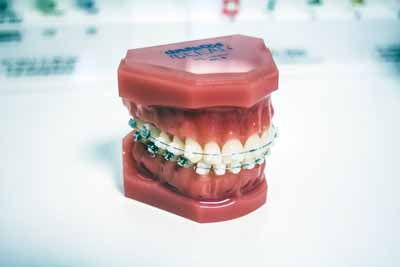How To Make Full Use Of Your Dental Insurance Plan While You’re Abroad
Nobody likes to travel without proper health coverage. Whether you’re setting out on a family vacation or a business trip, you’ll want to make sure you’re prepared for emergencies, dental ones most of all. As it happens, a lot can go wrong with your teeth when you’re half a world away from your dentist – unexpected aches, bleeding gums, chipped incisors, and so on.
Since prevention is always better than cure, this dedicated guide will highlight some important steps to care for your teeth and take full advantage of your dental insurance, whether you’re off to Cape Town or Singapore!
Schedule a Visit Before Departing
It’s always wise to visit your dentist one last time prior to your departure date. Being proactive at this stage helps anticipate any issues you might experience later during your trip. So, schedule a visit at your earliest convenience to fill in any cavities, perform a descaling, or care for pre-existing dental conditions. Use that opportunity to ask your dentist for useful tips on how to take good care of your smile away from home.
Review Your Dental Insurance Plan
You’d be surprised at how many people set off without being aware of their health condition and dental plan! To be on the safe side, whether you live in Canada or the United States, always review your dental plan before traveling.
This will help you determine what’s covered and what isn’t, the types of treatment you’re entitled to, and possibly how much you’ll be reimbursed after undergoing treatment abroad. Invariably, a little research should point you towards plenty of reliable insurance providers.
Subscribe to Additional Coverage
Now, in case your current insurer doesn’t provide international coverage for health or dental-related expenses, it might be a good idea to purchase an additional dental coverage plan. This is bound to come in handy if you’re traveling for an extended period, say, two weeks or more.
With some prospecting, you can find comprehensive dental plans for yourself, your family, or even your collaborators. Compare providers, rates, and extent of coverage before subscribing.
Look for a Reputable Local Dentist
Once you’ve taken care of insurance matters and packed some essentials for your trip, take your time to find a licensed local dentist. Whether it’s in Latin America or Southeast Asia, any major touristic destination will have qualified professionals, usually in private practices.
So, check online reviews, ask for recommendations from your local host, or check out the national dental association’s website; they’ll have plenty of great referrals for you. Doing this beforehand is bound to spare you a lot of headaches and stress.
Treat Emergencies Right Away
It goes without saying that a sudden thrust of pain, bleeding, a chipped tooth, or a mouth injury can ruin your stay abroad. For that reason, you should never wait or delay seeking treatment in case of emergencies.
Whatever the issue is, tackling it as soon as possible is essential to avoid further complications and enjoy your trip pain-free. This goes especially for people with sensitive dentition or chronic dental conditions.
Pay for the Service
Unless your insurance provider happens to operate a local branch, which is rarely the case, you’ll be expected to pay for the dental procedure or treatment you’ve received overseas.
Since these expenses can be quite high, ranging anywhere from one hundred to a few thousand dollars, it’s always advised to carry extra cash with you. After all, health and dental care don’t come cheap, and you’d rather have that amount and not use it than find yourself needing a last-minute loan.
Getting Reimbursed
Since you’ve carefully reviewed the details of your insurance plan, you know more or less how much you’re entitled to be reimbursed for overseas dental expenses. This will entail filing a dental claim. After you’ve received treatment, ask the local dentist to provide you with a detailed billing statement.
It should include relevant information on the type of procedure completed, the date, and the cost of service. A translation in English will be required if necessary. Once you’ve compiled this information, you’ll submit the claim to your insurance provider back home pending approval.
All things considered, preparing for health and dental emergencies overseas doesn’t have to be a nerve-wracking process. As a wise and clever traveler, you must review your dental insurance package and follow the standard procedures for reimbursement.
Furthermore, seeing your dentist before departing, treating emergencies immediately, and maintaining good oral hygiene as you set off on your adventures will allow you to enjoy your trip to the fullest and make it back home safe and sound!
Related


